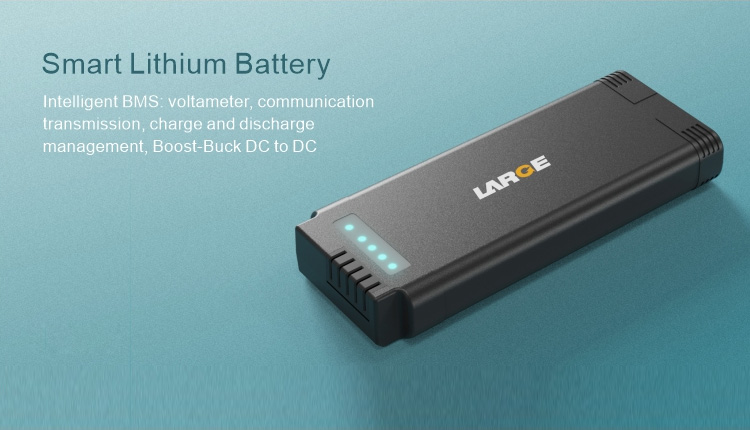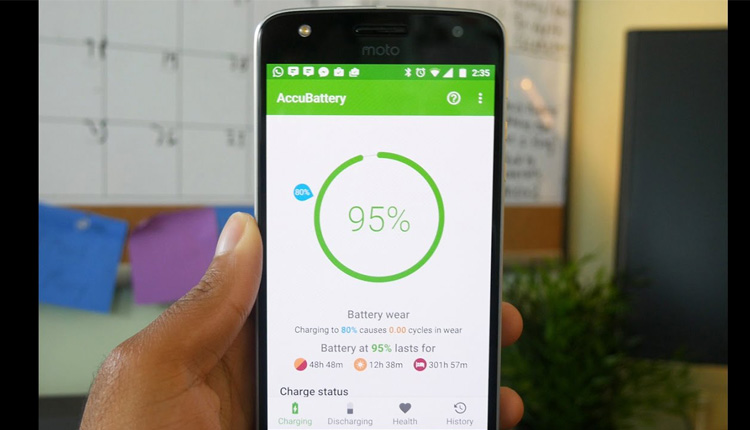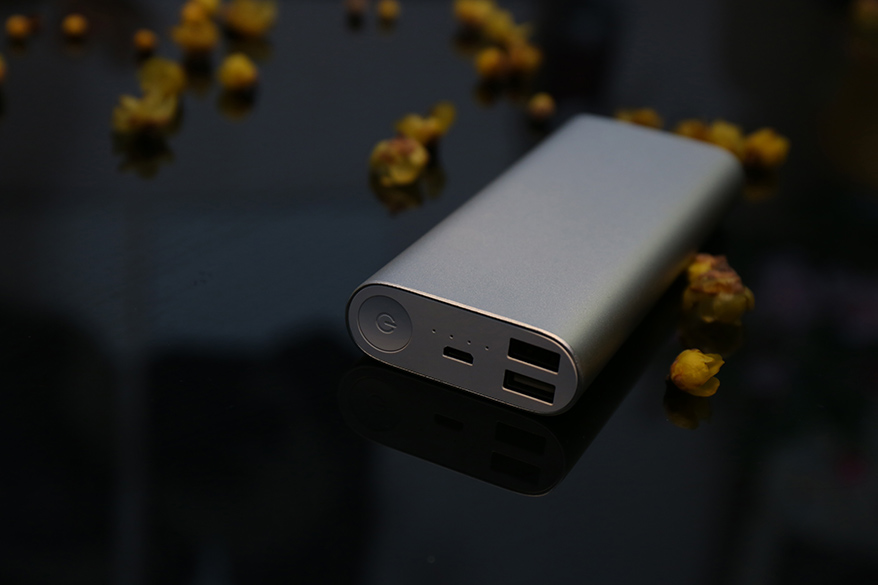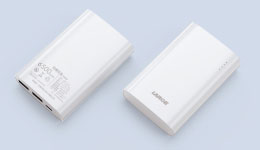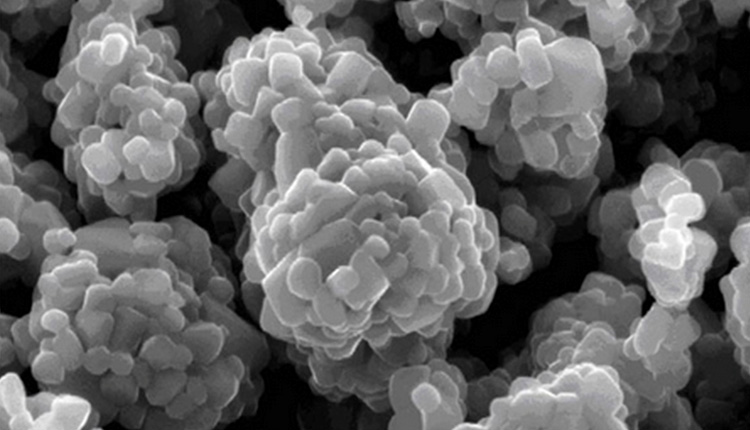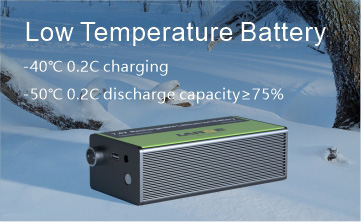Charge and Discharge Cycle Performance of Lithium Battery at Normal Temperature
2021-07-27 14:07:12 Pageview: 1985
Under normal temperature, lithium-ion battery should experience some charge and discharge cycles. How does it behave in and after this course? This question involves process improvement of Lithium Battery. Thus some test parameters should be applied to illustrate it. Due to fast development of domestic new energy automobiles, choosing high-capacity lithium battery to collect test data could better understand performance and characteristics of Lithium Power Battery.
Test on lithium battery can reach following general conclusion: if distinguish as per CC-CV charge phase, share of CC charge capacity in charge capacity reduces as cycle times increases; discharge capacity between 3.7V and 4.2V is 90% higher than total discharge capacity. Charge and discharge efficiency is not affected by cycle times. Detailed description as follows:
Before data description, explain test environment: first choose one BYD 80Ah lithium cobalt battery; charge and discharge battery at room temperature (10℃~250℃).
Charge and discharge system design: 1. CC-CV charge. First CC charge to 4.2V with 80A current; then CV charge till current less than 4A (0.05C) and stop charging; 2. set aside for 10 minutes; then CC discharge to 2.75V with 80A current; 3. set aside for 10 minutes after CC discharge; then start a new around charge and discharge cycle. Continue above till cycles reach 500 times.
In this course, relevant data should be collect to form corresponding charts: 1. CC/CB charge characteristics chart; 2. relationship between share of CC charge capacity in total charge capacity and cycle times; 3. discharge chart; 4. charge and discharge efficiency chart.
1. In CC charge phase, charge platform of lithium battery is 3.8V-4.1V. In this stage, charge capacity reaches more than 80% of total charge capacity. As cycle times increase, voltage rise speed will accelerate, charge time will reduce and charge capacity will gradually decrease.
2. In regard of percentage of CC charge capacity in total charge capacity: as cycle times increase, percentage of CC charge capacity in total charge capacity slightly reduces; while percentage of CV charge capacity in total charge capacity slightly increases. This shows that as charge and discharge cycle times of lithium battery increase, the lower the current, the better the charge efficiency.
3. In view of discharge curve, its discharge plateau (discharge curve is smooth and close to a straight line at a certain voltage interval; rather than a oblique line with ups and downs before this interval) decreases as cycle times increases. Discharge capacity between 4.2V and 3.7V accounts for 90% of total capacity.
4. Charge and discharge efficiency: that is, percentage of each discharge capacity in charge capacity. It represents battery discharge ability. Charge and discharge efficiency curve reflects that this value keeps unchanged and reaches over 99%.
It is known that lithium battery capacity will decrease as charge and discharge cycle times increase, which could find an answer from above data.
- Prev Article: New Regulation on Carrying Lithium Battery
- Next Article: Best Charge Current of Lithium Batteries






